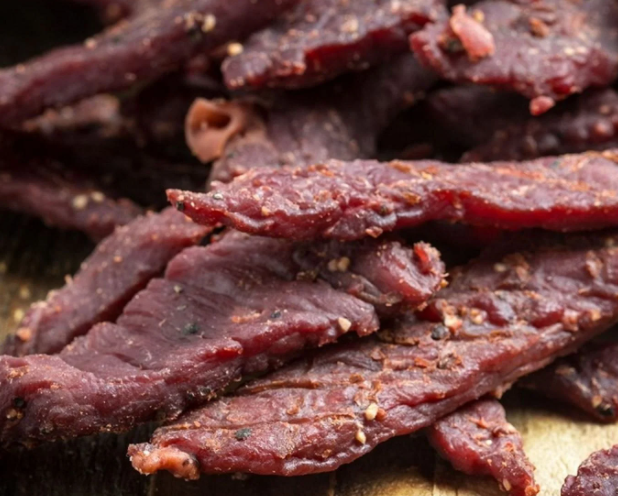Reuters report that dairy giant Lactalis is under criminal investigation in France on charges of failure to recall, fraud, and negligent bodily harm, the company said. The investigation, which will also look into the smaller company Celia Laiterie de Craon, is linked to a major scandal in 2017 involving Salmonella agona contamination of infant formula, according to French media reports. The Salmonella agona outbreak caused the production at the Craon site in France to be suspended in December 2017. The outbreak caused 36 babies in France, two in Spain, and one in Greece to be sick. 18 infants were hospitalized. “In the coming weeks, we will have access to all the elements in the case, and we will be able to respond specifically to the totality of the points raised in this investigation,” Lactalis said. Lactalis, a privately held firm, is the world’s largest producer of cheese and one of the world’s largest dairy groups. Founded in 1933, the company has expanded steadily over generations. Its takeover of Italy’s Parmalat in 2011 made it a significant global player. Powdered milk in more than 80 countries was affected by the outbreak. @ https://www.reuters.com/business/dairy-giant-lactalis-under-criminal-investigation-france-company-2023-02-16/


/cloudfront-us-east-2.images.arcpublishing.com/reuters/4ZCVCPO2ZFME3OSBPCQFE2ZLIA.jpg)

